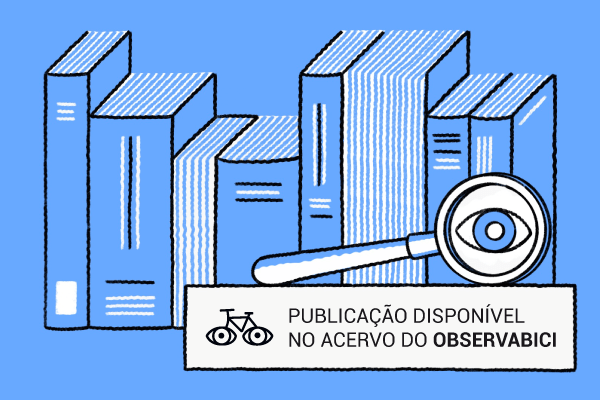Look Both Ways: Intersections Of Past And Present In The Shaping Of Relations Between Cyclists, Pedestrians, And Driverless Cars
Tipo de publicação
Trabalho acadêmico (Dissertação de Mestrado)
Curso ou área do conhecimento
Direito
Tipo de autoria
Pessoa Física
Nome do autor
Davi Aragão Rocha
Língua
Inglês
Abrangência geográfica
Internacional/Mundial
País
Brasil
Ano da publicação
2019
Palavra chave 1
Políticas Públicas
Descrição
Right now, in Canada and throughout the world, academics, lawmakers and companies are debating a technology that is expected to revolutionize our lives and our cities. The driverless car comes with the promise of solving many of today’s problems on our roads and cities. The most proclaimed promise is the safety it can bring to streets, with the expectation of reducing deaths on roads to numbers close to zero.
We have been using the conventional automobile in our cities now for more than a century. It is a central piece of the urban architecture not only in the way our cities were and are built. With time, it became the central object and concern of the legal framework about mobility. This work proposes a critical observation of elements from the past and the present as a form to understand possible ways driverless cars may be used in the pursuit of safer roads and urban environments that respects the rights of pedestrians and cyclists, helping to create cities where equity and accessibility are priorities.
This work, rather than seek closed answers, proposes a search for questions that benefits that pursuit. It is divided into three chapters. After this introduction, chapter 1 investigates the changes that occurred in the last century that made possible the centrality of the automobile in our cities. The new technology of driverless cars is presented in chapter two. Initially, it is argued that driverless cars must be defined as robots. The perspectives for deployment, the governmental and legislative debates are also presented. By the end of the chapter, a brief discussion about the first fatalities involving self-driving cars is made. The centrality of the safety argument in the deployment of the technology is debated in the last chapter. From that point, driverless cars’ difficulty in dealing with the unpredictability of pedestrians and cyclists will be discussed. It will be argued that challenge must not be an excuse to develop more law enforcement against pedestrians and cyclists. It will be also argued that to achieve the objectives of the safety argument, the robot-car must be part of a complex system where it may be integrated as one of the many solutions for better cities. It will be also questioned if framing this technology within the values of the automobile era is a way of limiting its potential to help us to achieve more equity.



 Ao navegar no Observatório da Bicicleta você concorda com os
Ao navegar no Observatório da Bicicleta você concorda com os